Vespa LX 125


In its third coming to India this iconic Italian brand was conceived in 1946 in a post war Italy. The requirement of the hour was for a cheap and easy means of transport, and from this comes the birth of the Vespa. Designed by Corradino D’Ascanio for Piaggio, the Vespa, meaning ‘wasp’ in Italian was very well received and over the years has attained a cult status. The first Vespa’s in India came in the 1960’s in association with Bajaj Auto, then later on in 1983 in association with LML. Both these tie up’s had a complicated separation and we finally saw Piaggio re-enter India on its own and present themselves at the Auto Expo 2012.
Understandably then, when it was our turn to test out this wasp, we were all smiles even before we got it in hand. So does this Vespa live up to all the hype? Read on.
Engine and Performance
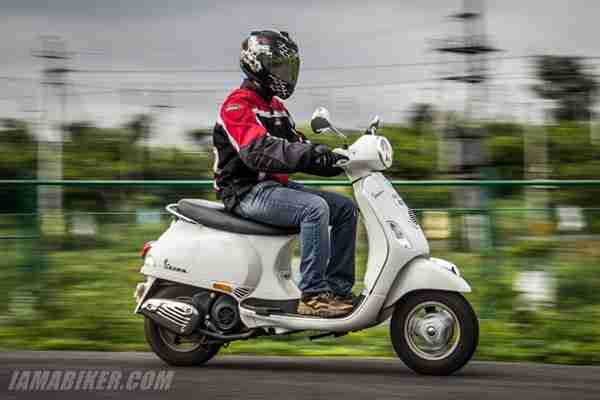 The Vespa’s engine boasts of features that are new to scooters in India. It comes with a 3 valve cylinder head and although running a carburetor has an MAP sensor that allows the engine to monitor the air in flow rate and adjust the sparking to maximize power and efficiency. This translates to smooth constant acceleration and even with a pillion in city the Vespa kept chugging along easily. The starter motor is loud and takes couple of seconds to get the engine going and has a very distinctive sound. Once on the move you are welcomed with an engine that rev’s easily and builds up speed at a decent pace. The 0-60 come’s in at about 8.5 seconds. We touched 100kmph in an open stretch and with a pillion it was at 80kmph and in both cases the scooter still had some juice left and after doing a lot of rounds in city traffic and short bursts on the highway we got an average mileage of 45kmpl.
The Vespa’s engine boasts of features that are new to scooters in India. It comes with a 3 valve cylinder head and although running a carburetor has an MAP sensor that allows the engine to monitor the air in flow rate and adjust the sparking to maximize power and efficiency. This translates to smooth constant acceleration and even with a pillion in city the Vespa kept chugging along easily. The starter motor is loud and takes couple of seconds to get the engine going and has a very distinctive sound. Once on the move you are welcomed with an engine that rev’s easily and builds up speed at a decent pace. The 0-60 come’s in at about 8.5 seconds. We touched 100kmph in an open stretch and with a pillion it was at 80kmph and in both cases the scooter still had some juice left and after doing a lot of rounds in city traffic and short bursts on the highway we got an average mileage of 45kmpl.
Look and Feel and Build Quality
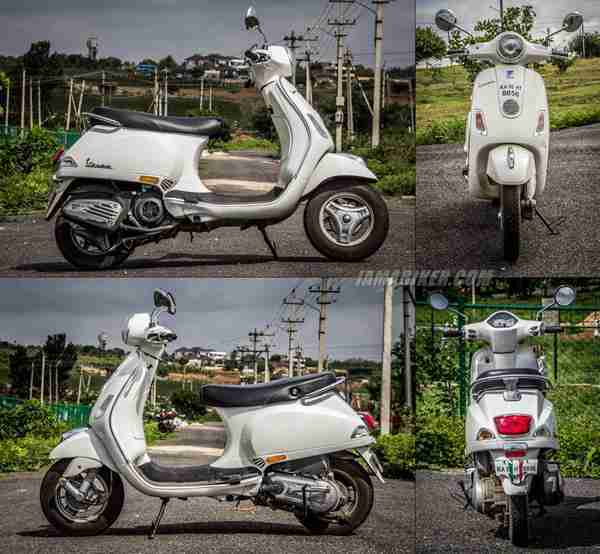 The Vespa probably is the most beautiful looking scooter on sale today in the country. It is a blend of the years of evolution and mixed with a hint of modern charm. While the smooth sculpted curves, the round headlights, the chrome plated mirrors and the chunky brake levers complete the retro look, the clear lens indicator, a neat looking speedometer and the alloys give it that upmarket feel. Rubber mats adorn the scooter floor which by the way is quite spacious and even our tall 6 foot test rider could sit comfortably. Even with the all metal body the overall weight of the scooter stands at a comfortable 114kgs and it feels even lighter. The seat is comfortable for the rider and is quite wide and has a good grip, as in you do not move in the seat during braking.
The Vespa probably is the most beautiful looking scooter on sale today in the country. It is a blend of the years of evolution and mixed with a hint of modern charm. While the smooth sculpted curves, the round headlights, the chrome plated mirrors and the chunky brake levers complete the retro look, the clear lens indicator, a neat looking speedometer and the alloys give it that upmarket feel. Rubber mats adorn the scooter floor which by the way is quite spacious and even our tall 6 foot test rider could sit comfortably. Even with the all metal body the overall weight of the scooter stands at a comfortable 114kgs and it feels even lighter. The seat is comfortable for the rider and is quite wide and has a good grip, as in you do not move in the seat during braking.
The scooter feels very light and nimble and you are confident from the word go. The same cannot be said for the pillion though, although the seat is wide, the natural angle of the pillion seat is backward biased and the low placed rear grab rail’s do not help. Every time you accelerate a bit hard the pillion will have a slight scare.
The build quality is pretty good all around and on close inspection you can see that there are a lot of small innovations that make it special. What surprised us was the massive amount of branding on the scooter, in less than a minute we were able to find the word Vespa 24 times and surely there were more. For a detailed look at the scooter check out the part by part gallery also head on to the following link for some cool high resolution Vespa wallpapers.
Handling and Braking
 This light scooter handles like a charm. The Vespa allows you to change directions quickly and easily. It is nicely balanced and always gives you the confidence of being in control. The tyres compliment the easy handling and provide good grip. But all the fun ended when it came to the braking department. The front brakes just do not have any sort of feed back and almost always you end up grabbing the rear brake hard. The rear suspension is nice and soft and couple that with the comfortable seat you have a nice smooth ride. The front suspension is soft and soaks up most of the regular bad roads, but since it is of the non-dive type (non-telescopic) under hard braking you can feel the suspension loosing composure.
This light scooter handles like a charm. The Vespa allows you to change directions quickly and easily. It is nicely balanced and always gives you the confidence of being in control. The tyres compliment the easy handling and provide good grip. But all the fun ended when it came to the braking department. The front brakes just do not have any sort of feed back and almost always you end up grabbing the rear brake hard. The rear suspension is nice and soft and couple that with the comfortable seat you have a nice smooth ride. The front suspension is soft and soaks up most of the regular bad roads, but since it is of the non-dive type (non-telescopic) under hard braking you can feel the suspension loosing composure.
Accessories and Key features
 This is one area of the Vespa for which we had a little bit of mixed feelings, but then these are things like the lack of a rear brake lock, a funny non confident side stand and a centre stand that gets in the way of the kick starter. Although you can still use the kicker it does bang into the stand when you start it. On the flip side the switch gear is of awesome quality and easy to access, the headlights are of DC nature, as in they they turn on without the need to start the scooter and probably the best feature yet is of the removable under seat storage bin, it just slides up easily giving you access to the carburetor. A welcome addition to the speedometer console is a digital clock. The tool kit was 2 piece set with a spare parking bulb and you can do only the bare basic maintenance job with them. There is a nicely integrated front compartment that can accommodate wallets and small handbags and of-course the under seat storage which can hold a half faced helmet easily.
This is one area of the Vespa for which we had a little bit of mixed feelings, but then these are things like the lack of a rear brake lock, a funny non confident side stand and a centre stand that gets in the way of the kick starter. Although you can still use the kicker it does bang into the stand when you start it. On the flip side the switch gear is of awesome quality and easy to access, the headlights are of DC nature, as in they they turn on without the need to start the scooter and probably the best feature yet is of the removable under seat storage bin, it just slides up easily giving you access to the carburetor. A welcome addition to the speedometer console is a digital clock. The tool kit was 2 piece set with a spare parking bulb and you can do only the bare basic maintenance job with them. There is a nicely integrated front compartment that can accommodate wallets and small handbags and of-course the under seat storage which can hold a half faced helmet easily.
Value for Money
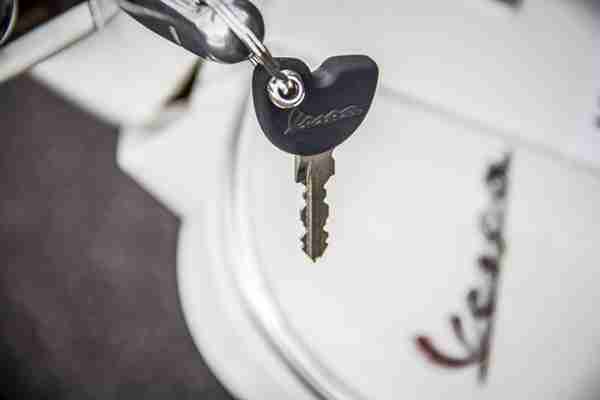 The Vespa returns a mileage of 45kmpl and service costs are on par with the other scooters out there. The regular consumable spares cost are at a similar cost too. There are a lot of upmarket features that make it distinct from the rest and that is always a good value proposition. An added advantage it has over similar competitors is the lack of bulk, it is easy for both ladies and the elderly to handle and still powerful. The service back up is pretty decent and although not yet as vast as it’s competitors, with the recent announcement of its further expansion, it will only get better.
The Vespa returns a mileage of 45kmpl and service costs are on par with the other scooters out there. The regular consumable spares cost are at a similar cost too. There are a lot of upmarket features that make it distinct from the rest and that is always a good value proposition. An added advantage it has over similar competitors is the lack of bulk, it is easy for both ladies and the elderly to handle and still powerful. The service back up is pretty decent and although not yet as vast as it’s competitors, with the recent announcement of its further expansion, it will only get better.
Final Verdict
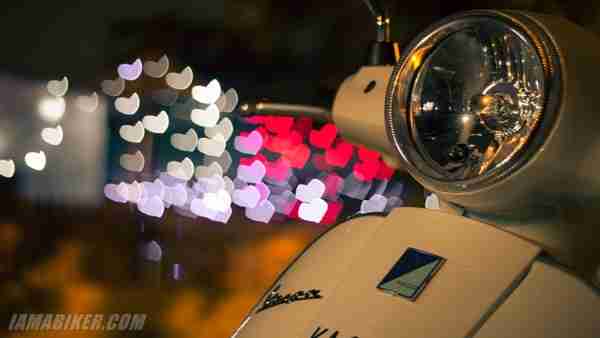 Ok lets be honest here, yes the Vespa is a charmer and is meant more as a premium lifestyle scooter, but then it is not worlds apart from its competitors and there is a pretty hefty premium that you are paying for the brand name. But that said it adds you to an exclusive family, the Vespa family, one with a lot of heritage, style and pride and that is something unique.
Ok lets be honest here, yes the Vespa is a charmer and is meant more as a premium lifestyle scooter, but then it is not worlds apart from its competitors and there is a pretty hefty premium that you are paying for the brand name. But that said it adds you to an exclusive family, the Vespa family, one with a lot of heritage, style and pride and that is something unique.
Specifications Sheet
ENGINE
| Design | 4 Stroke, 3 Valve, Single Cylinder |
|---|---|
| Displacement | 125 CC cc |
| Torque | 10.6 Nm@6000 RPM |
| Power | 10.06 PS @ 7500 RPM |
| Starting aid | Electric & Kick |
| Transmission | Automatic |
| Cooling system | Force Air cooled |
| Frame | Monocoque steel high rigidity structure |
| Suspension front | Arm with coil spring and dual effect shock absorber |
| Suspension rear | Coil spring and dual effect shock absorber |
| Brakes front | 140 mm Drum |
| Brake rear | 140 mm Drum |
| Wheel base | 1290 mm |
| Seat height (unloaded) | 770 mm |
| Front tyre | 90/100-10 53J |
| Rear tyre | 90/100-10 53J |
| Kerb Weight | 114 kg |
| Total fuel tank capacity approx. | 8 Liters |
| Battery | 12V, 5Ah low maintenance |
| Head lights | Multi-focal with 35w halogen |
Test Riders
 Manu
Manu Pavan
Pavan Sourav
Sourav Sudeep
Sudeep
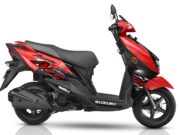


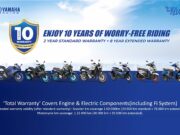
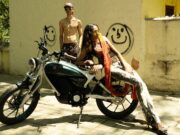
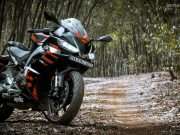
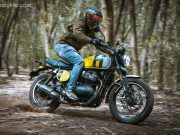
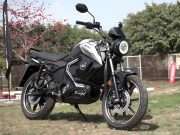
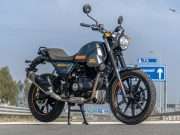
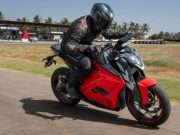
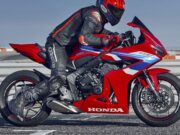
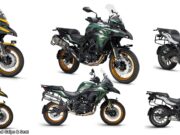


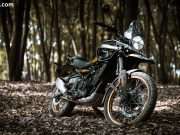


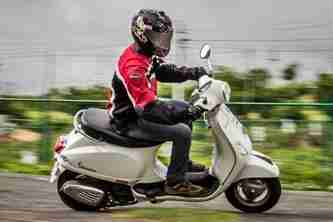



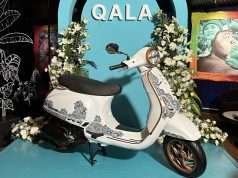

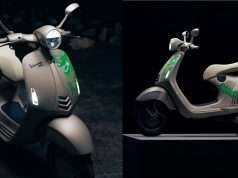










really awasome scooter. I own this before 4 months.. Very nice ride quality without any back pain. Very comfort
What about average in practical way as use in city areas, as i am interested to buy it but so far as cost and no any idea about average cant take decision, what to do?
WHERE WE ARE IN 2012 OR 1912 ?